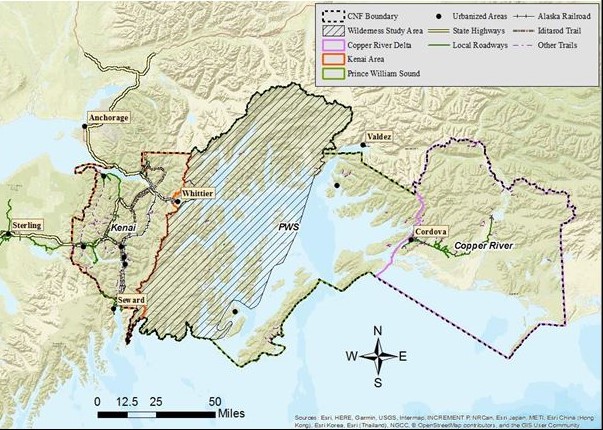SSI’s Christopher Marder Quantifies the Qualitative
M.S. GIST alumnus publishes award-winning thesis work
 The International Journal of Humanities and Arts Computing has published “The Role of Precision in Spatial Narratives: Using a Modified Discourse Quality Index to Measure the Quality of Deliberative Spatial Data,” authored by Christopher Marder (M.S. GIST ’19) with Dr. Jennifer Bernstein, lecturer with the USC Spatial Sciences Institute.
The International Journal of Humanities and Arts Computing has published “The Role of Precision in Spatial Narratives: Using a Modified Discourse Quality Index to Measure the Quality of Deliberative Spatial Data,” authored by Christopher Marder (M.S. GIST ’19) with Dr. Jennifer Bernstein, lecturer with the USC Spatial Sciences Institute.
This article, included in a special issue on the geospatial humanities, is based on the thesis that Marder produced as a student in the SSI M.S. in Geographic Information Science and Technology (GIST) Program.
Marder’s work considers how digital forms of participatory mapping known as soft geographic information systems can be a valuable tool for crafting policy. Soft geographic information systems encourage discussion as to the meaning of a particular location, as described in spatially precise terms. Yet despite soft geographic information systems’ potential, policy developers remain fixated on the assumption that affective responses to spatially precise locations undermine the quality of the quantitative justifications for crafting policy.
To measure how affective responses to spatially precise locations affect argument quality, Marder developed a discourse quality index to quantify spatial narratives. He used that index to code public comments for a national forest plan revision at the Chugach National Forest in Alaska. His resulting analysis suggests that the precision of spatial narratives changes the discourse quality during deliberative activities.
“His work was provocative and innovative with a clear ethical objective, ultimately showing that systematic qualitative data mining and spatial analysis aren’t so different after all,” said Bernstein, who served as Marder’s thesis advisor.
For his thesis, Marder received the first prize in the 2019 M.S. GIST Thesis Prize competition awarded by the USC Spatial Sciences Institute.
“Publishing of my thesis work in an academic journal is an incredible opportunity,” said Marder. “I couldn’t have completed any of this without the attention I received from Dr. Bernstein. In many respects, the thesis experience I shared with her embodies the entire GIST program experience: getting to study the unique topic of spatial science, using cool mapping technology, alongside faculty who want to see you succeed, and with other students who support each other,” he added.
In reflecting upon his experience as a USC M.S. GIST student, Marder said, “The program is about building up an individual’s capacity to understand how digital mapping tools weave together spatial science with just about any other discipline to represent geographic features or observed phenomenon across a landscape accurately and with engaging design. Considering I had no prior experience working with GIS professionally, I was nervous that a technical program like USC’s would be over my head. Yet as I worked through the program, I realized I was learning to see how the problems of our day can be looked at and understood a little better through a spatial lens.” After completing the M.S. GIST program, Marder joined the San Bernardino County Transportation Authority as a GIS analyst.
“On behalf of the USC Spatial Sciences Institute, we warmly congratulate Chris and Dr. Bernstein on the accomplishment of having this article published in the International Journal of Humanities and Arts Computing,” said Susan Kamei, managing director of the Institute. “Chris joins a distinguished group of our M.S. GIST alumni who have worked hard to capitalize on their thesis research and have their research results published in peer-reviewed publications,” Kamei added.
Read more about the value of producing a master’s thesis in USC’s online M.S. GIST Program and search through the USC M.S. GIST student theses on a wide range of topics here.





